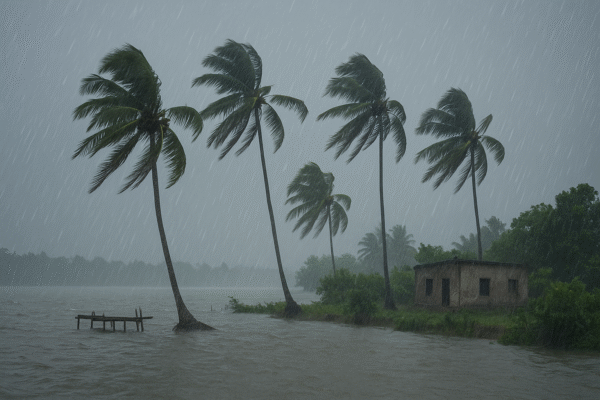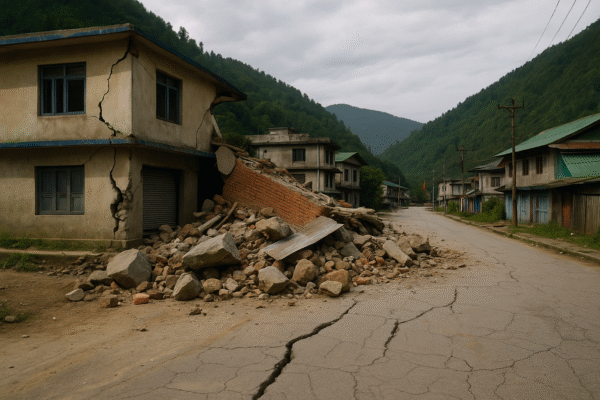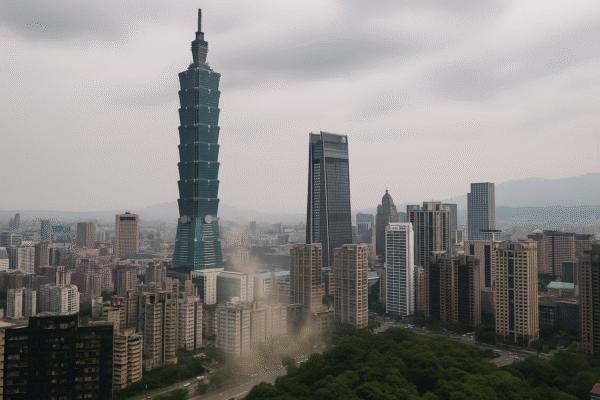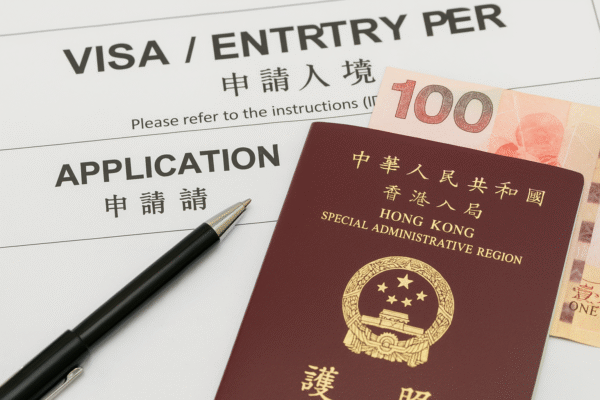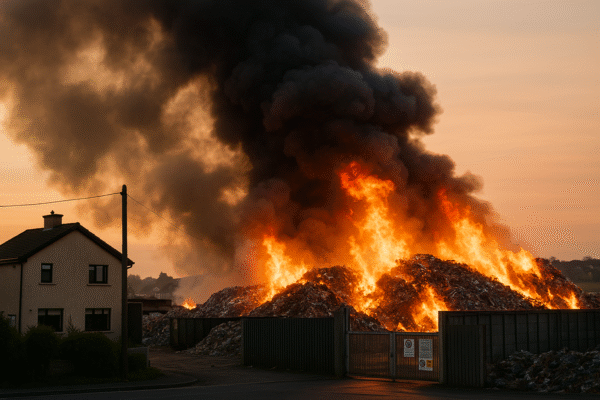In the pre-dawn darkness of August 27, 2025, a sudden tremor rattled the northeastern coast of Taiwan. A magnitude-6.0 earthquake struck roughly 20 kilometers offshore of Yilan County, plunging 112 kilometers deep beneath the surface. The quake rippled through the island’s high-tech capital, gently swaying buildings—including structures in Taipei—before subsiding. But in a display of impressive readiness, there were no reports of damage, injuries, or service disruptions, and rescue teams stood by alert for aftershocks.
This event served as a powerful reminder of Taiwan’s location along the Pacific Ring of Fire—a region prone to seismic activity—but more importantly, it showcased why the island is widely regarded as a global leader in earthquake preparedness. Tourists and locals alike should find reassurance in the swift calm that followed, a byproduct of decades of forward-looking disaster management.
Built for Safety: Taiwan’s Earthquake-Ready Infrastructure and Systems
Taiwan’s ability to emerge from tremors unscathed is no accident. Ever since the devastating 1999 Jiji (Chi-Chi) earthquake—which claimed over 2,000 lives and devastated thousands of buildings—the island has overhauled its approach to seismic safety. Robust building codes backed by strong enforcement have become standard. Older edifices have been retrofitted, new developments must adhere to the latest anti-seismic designs, and subsidies are often available to encourage building reinforcements.
These measures are supported by cutting-edge technology. Taiwan operates a comprehensive earthquake early-warning system that reaches citizens instantly via cell broadcasts, TV, radio, and sirens. The system provides precious seconds of warning, enough to “Drop, Cover, and Hold On” before the shaking intensifies. National agencies continuously invest in real-time seismic monitoring, enabling rapid detection and public alerts. Earthquake drills happen regularly in schools, workplaces, and communities—keeping preparedness fresh in everyone’s mind.
Natural Challenges Met with Structured Responses
Geographically, Taiwan sits at the collision zone of the Eurasian and Philippine Sea plates, making it a hotspot for seismic activity. The island experiences thousands of quakes annually, though most are minor and go unnoticed. Still, the frequency breeds familiarity and resilience.
In April 2024, a 7.4-magnitude earthquake struck near Hualien—Taiwan’s strongest in 25 years—resulting in casualties and infrastructure impacts. Yet thanks to fast alerts, seasoned emergency responders, and resilient construction practices, much of the harm was contained, and recovery was swift. That event confirmed Taiwan’s resilience and served as a live stress test of both systems and spirit.
Reassurance for Travelers: Smooth Continuity Amid Natural Events
For visitors wondering whether such seismic events might disrupt travel, the answer is a reassuring “not likely.” Despite quakes, tourism infrastructure—from bustling Taipei to scenic gems like Taroko Gorge and the Alishan mountains—remains reliable and accessible. Emergency protocols ensure minimal interruptions, with authorities providing swift updates and security checks if needed.
Public communications—carefully crafted to reach residents and tourists alike—are often available in English and other languages, helping international visitors stay informed and calm. Travelers are encouraged to familiarize themselves with basic safety steps, but Taiwan’s systems are built to absorb shocks and move on quickly.
What Tourists Should Know and Do
Should you feel tremors—especially strong ones like this recent 6.0—there are simple actions that can enhance safety:
- Avoid windows and heavy fixtures; seek shelter under sturdy furniture or against interior walls.
- Be alert for aftershocks, which are common following an initial quake.
- Keep your mobile or radio on, tuned to local updates and alerts.
- Practice “Drop, Cover, and Hold On.” Even seasoned locals rehearse this, and tourists are wise to do the same.
These precautions take seconds and can make a world of difference in a sudden event.
Taiwan’s Ongoing Commitment to Safety
The recent quake prompted authorities and emergency teams to maintain elevated monitoring across the island. Emergency Response Centers remain vigilant, ready to mobilize if seismic activity increases. Information channels—including government apps and notification systems—are updated in real time to keep the public informed.
This incident underscores Taiwan’s broader commitment to civil resilience—from earthquake simulations and drills to infrastructure maintenance and public education. Even in a world of uncertainty, the island’s layered defenses help ensure confidence for residents and visitors alike.
Conclusion
While the early-morning quake may have rattled nerves momentarily, Taiwan’s preparedness infrastructure and emergency culture quickly restored calm. No harm, no panic, just a reminder of natural forces and a commendable readiness to handle them. For travelers, this means exploring Taipei’s vibrant streets, Taroko’s marble cliffs, and Alishan’s misty trails remains undisturbed—and supported by one of the world’s most sophisticated seismic safety frameworks.
For more travel news like this, keep reading Global Travel Wire




